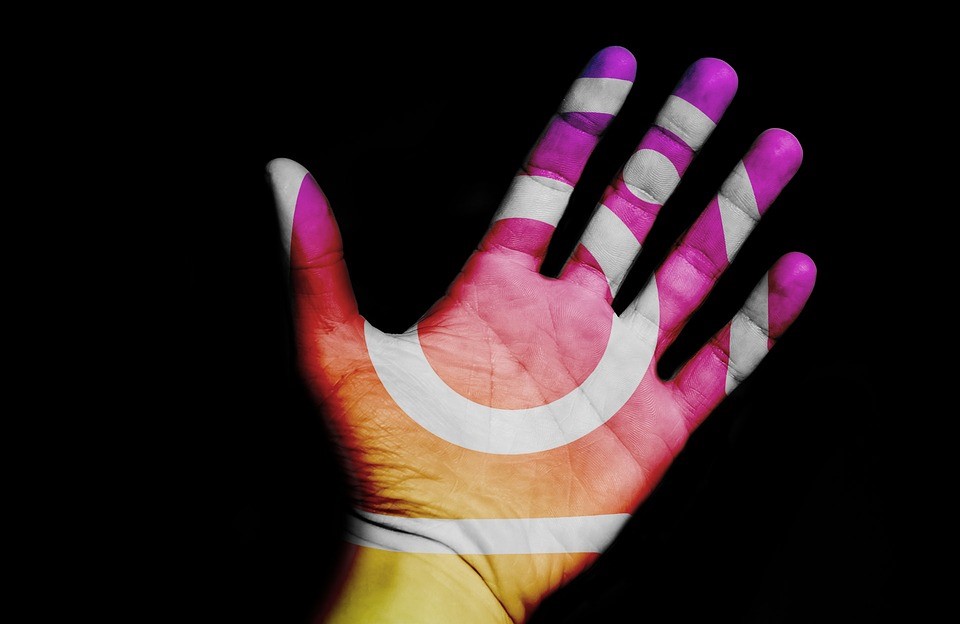This post is also available in Dutch.
Various forms of social media have long been suspected as potential dangers to the mental health of users. Is Instagram an exception or a notable culprit?
With bashful embarrassment, I begrudgingly confess: Instagram is my favorite app of all time. I can easily waste hours scrolling through a myriad of GIFs, memes, sleeping puppies, food porn, and travel photography. Much like its companions on the pantheon of popular social media platforms, Instagram epitomizes today’s culture of addictive sharing in the attention economy. Since its launch in 2010, the photo- and video-based application’s popularity has skyrocketed to over 700 million users and 32% of the Dutch population are active users. Although the highest percentages of adults use YouTube and Facebook, young adults are especially heavy users of Instagram. While the concept of capturing and sharing moments and memories seems benign enough, what do we really know about its effects on mental health?
Some reason that Instagram may aid in the development of social skills by cultivating other-oriented behavior. The app has even made the art of photography more accessible to the layperson and has allowed the public to reclaim photography as a source of empowerment in self-expression, self-identity, and perhaps body-positivity.
Nevertheless, studies point to Instagram’s encouragement of narcissistic traits and warn us that millennials who use more social media sites have more symptoms of depression and anxiety than their peers who do not. A recent survey by the Royal Society of almost 1,500 teens and adults (aged 14-24) found that Instagram is the worst social media network for mental health and wellbeing—associated with high levels of anxiety, depression, bullying, and fear of missing out. Further, the type and style of photos shared on Instagram were found to be predictive markers of depression, suggesting a possible pathway for early screening and detection of mental illness.
As evidence of the downsides of heavy social media use simultaneously grows with the status of mental health in our society, future solutions should propose ways to safeguard and improve wellbeing. Researchers recommend that safe use should be taught during health education in schools and that professionals who work with youth should be trained in digital and social media. However, more comprehensive studies must be done on the psychological impact of social network use and on which protective strategies are best for young adults, as well as the general population.
Social media is obviously here to stay—and that doesn’t have to be a bad thing—but what we’ve discovered about it so far shows us the need for creating avenues that minimize harm. We must not only support but also participate in technological and societal shifts brought to us by Instagram and its siblings by promoting and strengthening the positive aspects of social media use, while shielding ourselves from damage.
Written by Christienne Gonzales Damatac
Edited by Annelies van Nuland
Translated by Jill Naaijen
